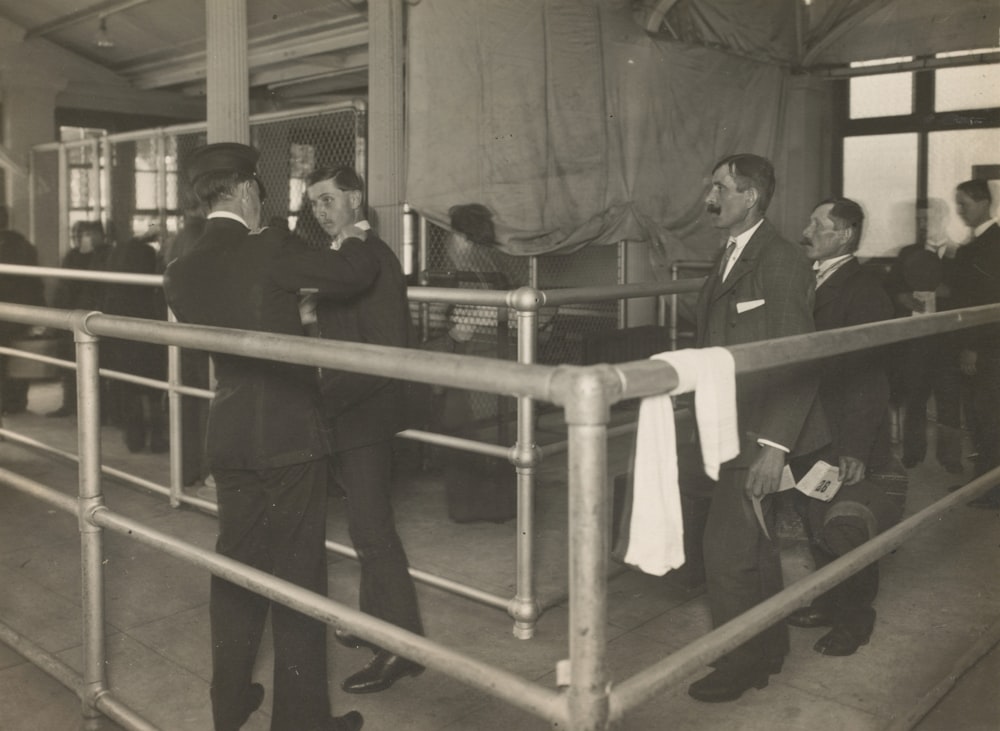DHS releases updates to EB-5 Investor Visa Program.
Do you just happen to have $1.8 million lying around? If so, you might be eligible for an EB-5 visa. For the first time since 1992, the Department of Homeland Security (DHS) is updating the rules for the EB-5 investor visa program, which will go into effect in November of this year.
The EB-5 investor visa program was first enacted in 1990 as a way to attract foreign investors to the U.S. economy. Investors and their family members are eligible to apply for a Green Card and gain permanent resident status if they invest the required amount and create at least 10 full-time permanent jobs in the process. In 1992, Congress created the Regional Center Program, which allows some entrepreneurs to invest in designated regional centers that are meant to promote economic growth and job creation.
The EB-5 Program has a limit of 9,940 visas available annually and also limits the percentage that can be allocated to certain countries each year. At least 3,000 EB-5 visas must be reserved for TEA (Targeted Employment Area) investors. TEAs are meant to address locations with the most economic need and include rural areas and areas with high unemployment rates. Just as with any other visa, the demand for EB-5s is high. Priority dates are current for all countries except China, India, and Vietnam, which are backlogged to the year 2014. The majority of applicants are Chinese investors, who make up approximately 85% of EB-5 visa holders.
Updates to the EB-5 Program
The EB-5 Program has remained unchanged for almost 30 years. The DHS is finally rolling out updates, including changing the required minimum investment from $1 million to $1.8 million and increasing the minimum TEA investment from $500,000 to $900,000 to account for inflation. The amounts will increase every 5 years according to inflation to ensure that the program stays current.
Under the updated program, designation of high-unemployment TEAs will now be directly reviewed by the DHS, instead of deferring to state and local governments. The definition of high-unemployment TEAs has been clarified to include non-metropolitan towns with populations of 20,000 or more with an average unemployment rate of at least 1.5 times the national average.
The updates also allow investors to use the earliest available priority date, meaning that if an investor already has an approved EB-5 application, their priority date for that application effectively rolls over to their newly filed EB-5 application.
Problems with Fraud
The updated program doesn’t make changes to policies regarding fraud, which has been an ongoing problem with the EB-5 program since its inception. Investors continue to be vulnerable to scams that promise them a visa and guaranteed returns on their investments. In recent years, the major suits brought by the SEC (Securities and Exchange Commission) against EB-5 defrauders include $350 million against a Vermont ski resort, $125 million against a Seattle skyscraper developer, and $89 million against a Chicago immigration attorney.
Since policies preventing fraud remain unchanged, it is still up to individual investors to ensure the integrity of the programs they’re investing in. Back in 2013, US Citizenship and Immigration Services (USCIS) and the SEC issued an alert to investors and instructions on scam avoidance that can still be helpful today. Some of these guidelines are listed below.
Investor Tips for Avoiding EB-5 Fraud
- Know the warning signs of fraud, including promises of visas, guaranteed returns on investment, or representations that there is zero investment risk.
- Confirm that the regional center is USCIS-designated.
- Request copies of the center’s past investment information.
- Ask if promotors of the center are being paid.
- Seek independent verification of records, such as permits, tax assessments, and confirmed investment from other companies.
- For the complete list, read the full 2013 Investor Alert.




 Most students are well-acquainted with the feeling of stress that often comes with the task of finding an internship for the summer. For international students, though, the difficulties are just beginning once they receive a summer job offer.
Most students are well-acquainted with the feeling of stress that often comes with the task of finding an internship for the summer. For international students, though, the difficulties are just beginning once they receive a summer job offer. Nobody really likes going to the DMV. But it’s a necessary annoyance that we’re actually lucky to endure, because it enables us to drive safely and legally on the roads. In New York, the latest group of people to join us all in complaining about going to the DMV is undocumented immigrants.
Nobody really likes going to the DMV. But it’s a necessary annoyance that we’re actually lucky to endure, because it enables us to drive safely and legally on the roads. In New York, the latest group of people to join us all in complaining about going to the DMV is undocumented immigrants.